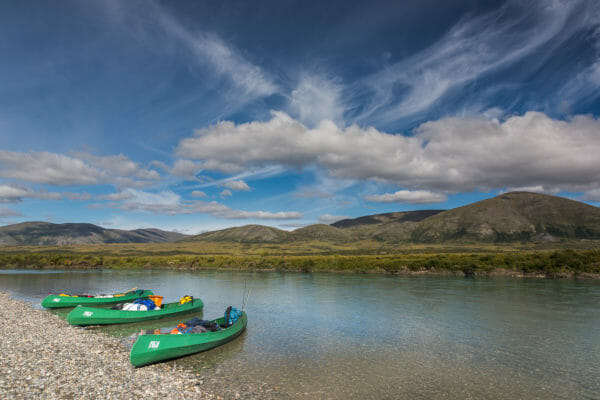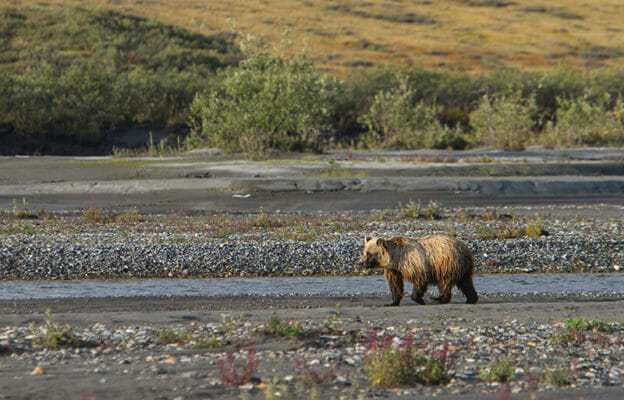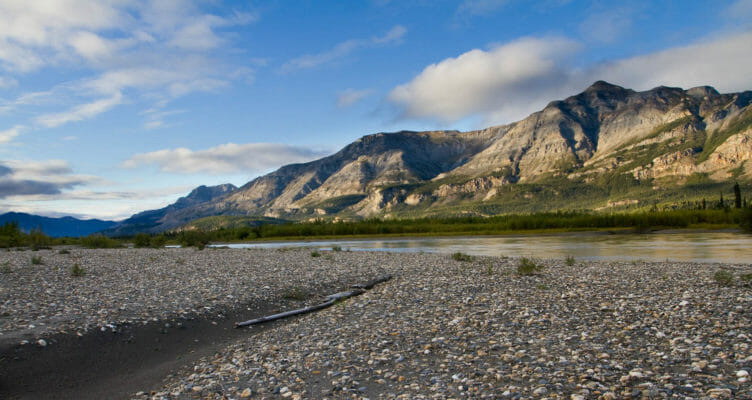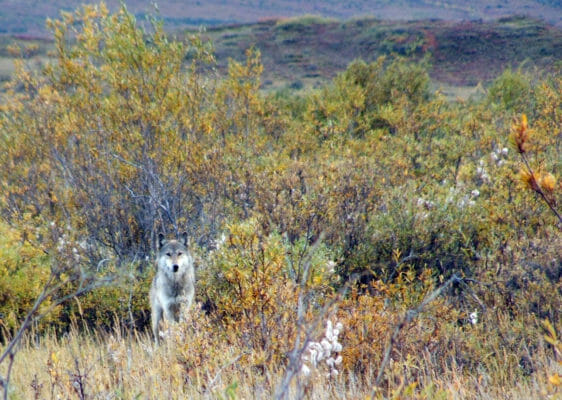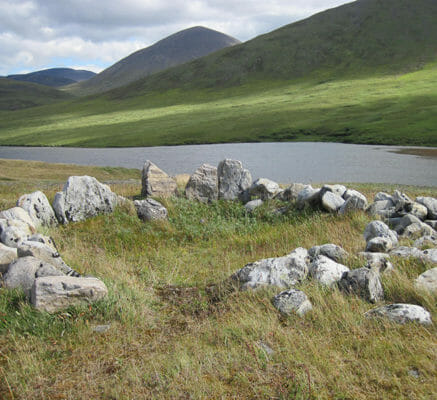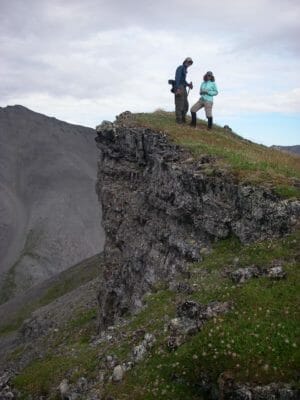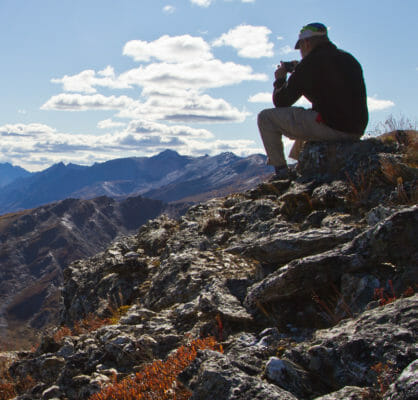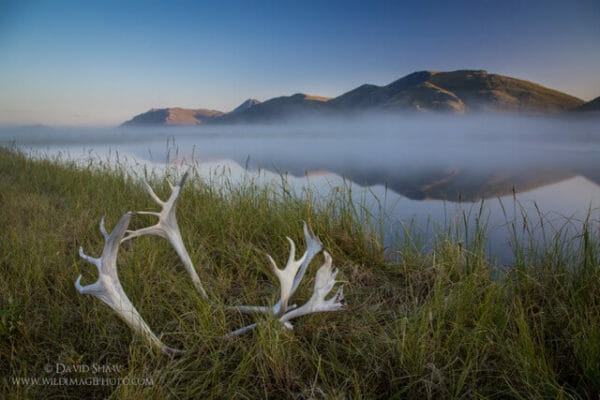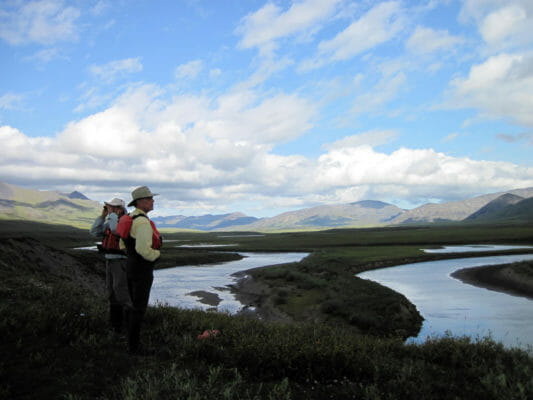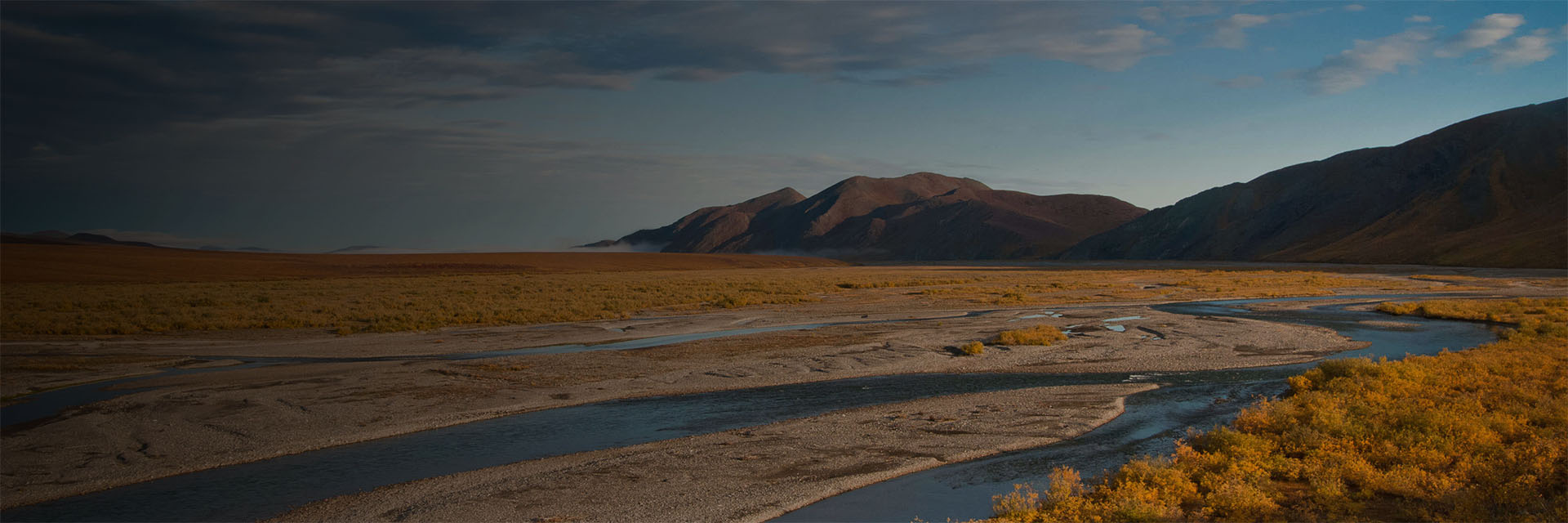Last updated: August 11, 2023
Itinerary
What follows is a general flow of events. Expect the unexpected and prepare to be flexible.
Day 0
Meet your guide for a pre-trip meeting in Fairbanks at 4pm at Arctic Wild headquarters.
Day 1
It’s a long day. We fly north from Fairbanks over the Yukon River and Arctic Circle to the arctic village of Bettles. From Bettles we charter a plane into the Gates of the Arctic National Park. We’ll land near the river with mountains all around. Welcome to Gates of the Arctic! Once the plane leaves and we are alone with only the sounds of wind and water we can pitch camp and explore on foot.
Day 2
We’ve started as high on the river as we dare, wanting to take advantage of the mountains for hiking but also wanting there to be enough water for us to paddle down the river.
Our first day on the river will likely be a start and stop proposition and the sound of canoes rubbing on gravel will become familiar. Once we pass April Creek the river gains some depth and the traveling get easier.
We will choose our camping spots carefully to maximize opportunities for hiking, wildlife, and vistas. In the Killik this often means camping near to the bigger lakes which tend to harbor wildlife and historical sites.
Day 3 - 4
The largest tributary in the upper valley is Easter Creek, where we will spend some time exploring the broad valley.
Of special interest (at least to us) is the “cracker-box” a small cabin and former home of Lois Crisler, who spent a winter there raising wolf pups. That adventure is the focus of Crisler’s book Arctic Wild.
We can also hike over to Tulilik (Yellow-billed Loon in Inupiat) Lake. Which was a popular hunting area for Nunamiut families in the past.
Day 5 - 6
Unlike many Brooks Range rivers, the glacial origins of the Killik valley are obvious. Below Easter Creek the mountains grow steeper and the valley more U-shaped. The valley floor is pocked with dunes of glacial loess and shallow ponds scraped out by moving ice.
The unique and varied habitats are home to wildlife and the soft sediments provide excellent opportunities to track them.
Day 7
We paddle and hike in turn. Having taken our time in the upper valley where the hiking was best, we will have a few longer days of canoeing towards the end of our trip. But even if we cover a dozen miles in a day there will be time (and plenty of daylight) to explore after camp is pitched.
When we reach the northern edge of the Brooks Range where the final limestone ridges float like ships on a sea of tundra flats to the north, we will take a final hike for views of the coastal plain.
Once north of the mountains, and Gates of the Arctic Park, we have a final day of paddling in the foothills to our pick-up lake.
Day 8
North of the mountains, our pick-up lake will have a new suite of bird-life. Once we pack-up and are ready for the plane’s arrival we can enjoy the last moments of quiet in the wilderness, and watch for wildlife.
Weather permitting, the plane will arrive mid-day and bring us back to the tiny town of Bettles, where we change planes and then fly back to Fairbanks arriving late in the day.






